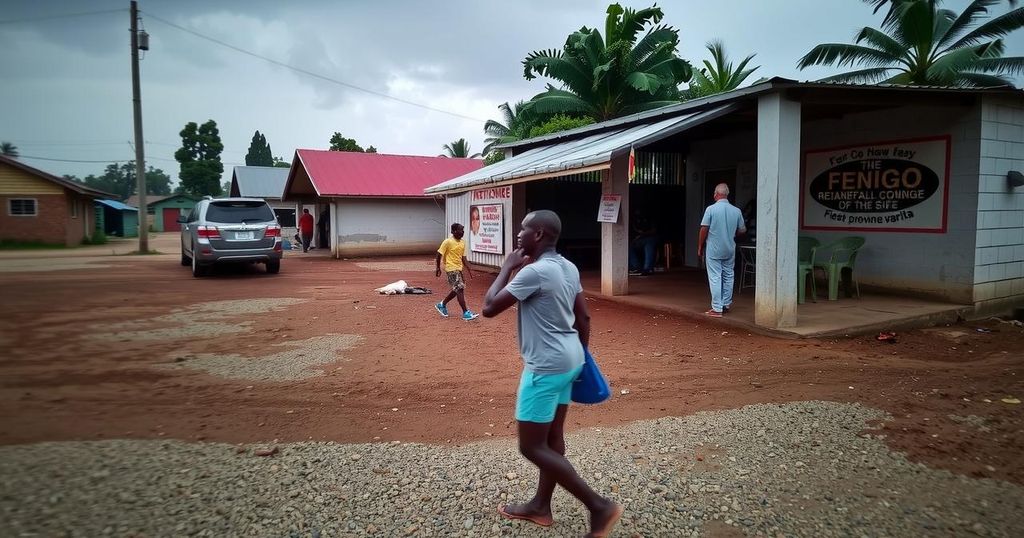Mystery Disease Outbreak in Southwest Congo: Key Information and Implications

An undiagnosed disease in southwest Congo has infected over 400 people, killing 143, and disproportionately affecting children under five. The outbreak poses challenges due to the region’s isolation, with WHO engaging in efforts to improve healthcare access while assessing potential respiratory disease causes.
In southwestern Congo, an undiagnosed disease outbreak has infected over 400 individuals and led to the deaths of 143 since its emergence in October. Health officials confirmed that the outbreak predominantly affects children under five years old, manifesting with flu-like symptoms such as fever, cough, and body aches. The World Health Organization (WHO) has documented 406 cases between October 24 and December 5, highlighting the difficulties faced due to the region’s remoteness, exacerbated by rainy season conditions.
The ongoing outbreak in the Panzi health zone of Kwango province is particularly concerning due to its significant impact on vulnerable populations, including young children and females. Difficulties in reaching this remote area from Kinshasa hinder effective responses in terms of treatment and resource allocation. Preliminary diagnostics suggest a potential respiratory disease, although the exact causal agent remains unidentified as the region also contends with ongoing issues such as malnutrition and recent spikes in food insecurity.
In summary, the outbreak of an unidentified disease in southwest Congo is a pressing public health challenge, primarily affecting young children and exacerbated by malnutrition and logistical hurdles. The WHO is actively involved in mobilizing resources and personnel to address the situation, while experts caution against premature conclusions regarding the disease’s nature. Enhanced surveillance and coordination efforts are critical as the response evolves.
Original Source: www.forbes.com






